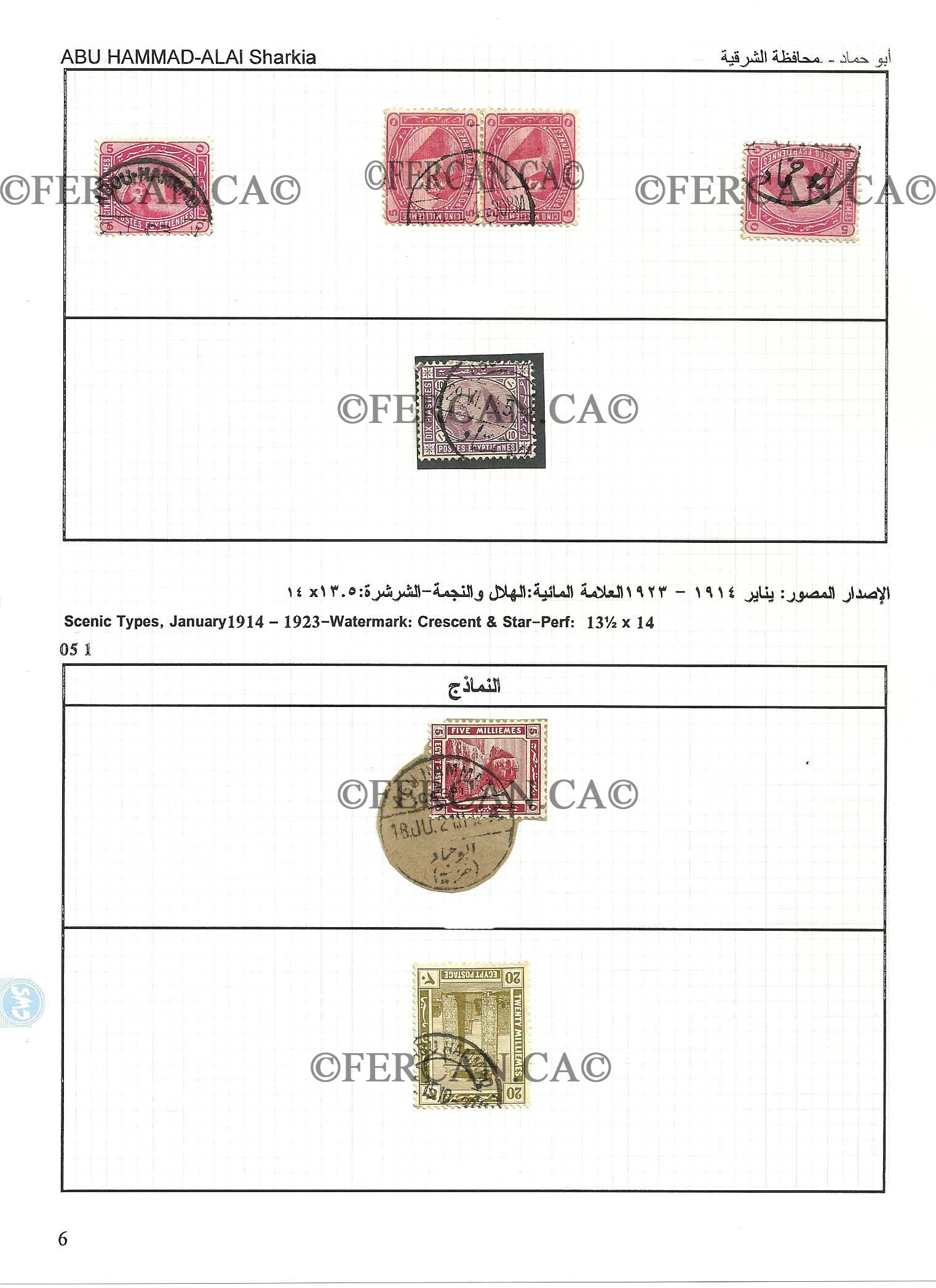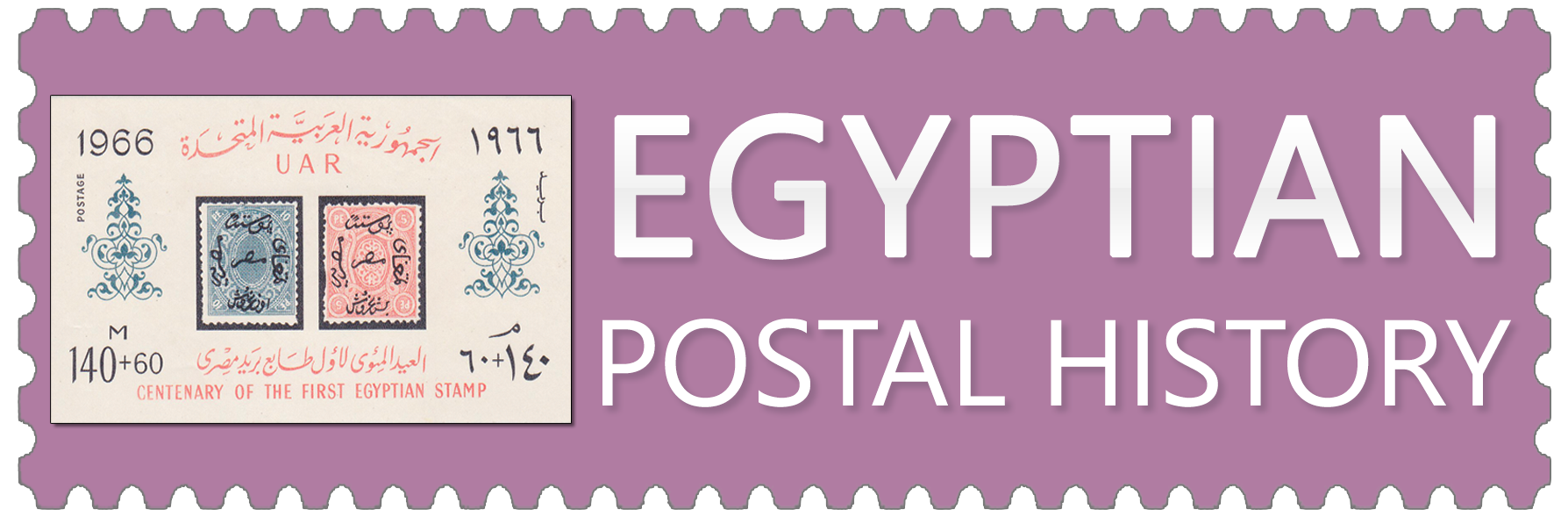The city of Abu Hammad was named after Sheikh Ahmed Abu Hammad emigrated there after the Islamic conquest of Egypt. He settled beside a well and, after his death, his followers built a tomb for him at that place. A large mosque was later built beside his tomb, and this mosque carries his name up to the present day. The mosque is now a landmark in this city, which is near the largest and most important cities in the governorate, such as Zagazig, Bilbeis, and Faqous.
Abu Hammad is a large central administrative district that has wide trade relationships. It is famous for its grain and peanut crops, and a flourishing brick trade since the city has a good number of brick factories. These features distinguish it from other central administrative districts in the governorate. El-Sawa is a large village in Abu Hammad’s central administration district, and was famous for its many Pharaonic and Roman monuments, which have now been placed in different museums in Egypt.





